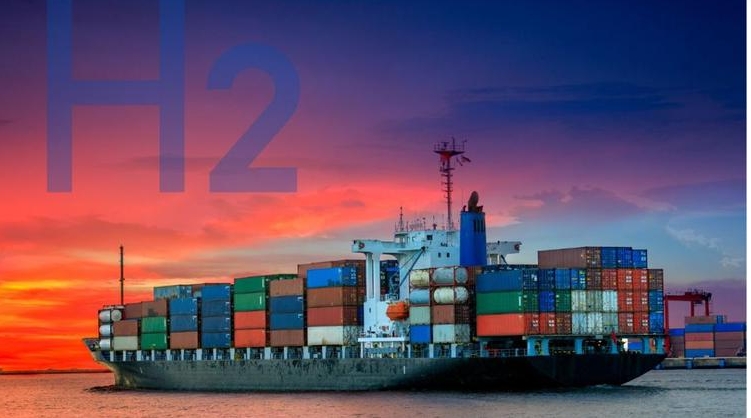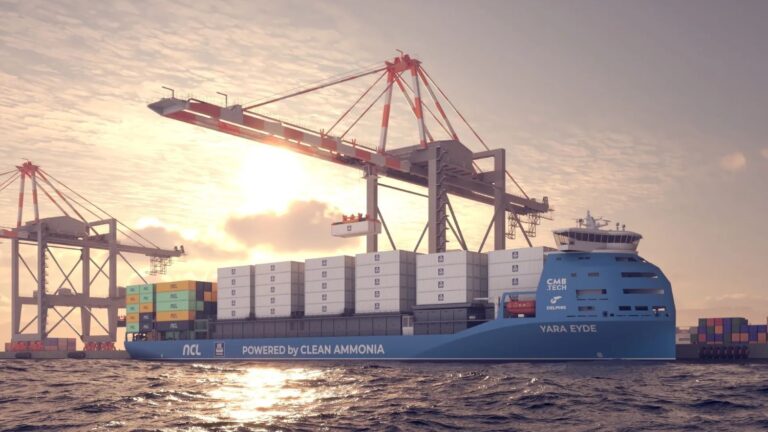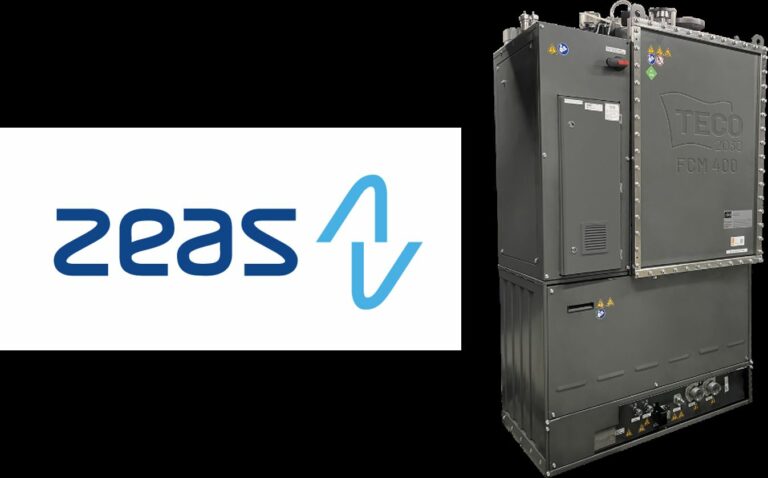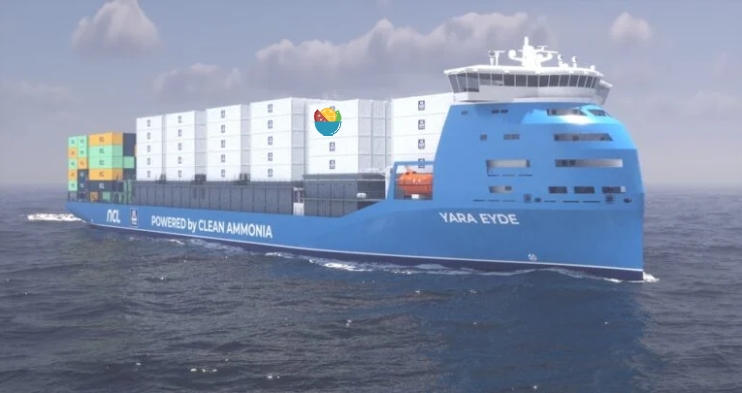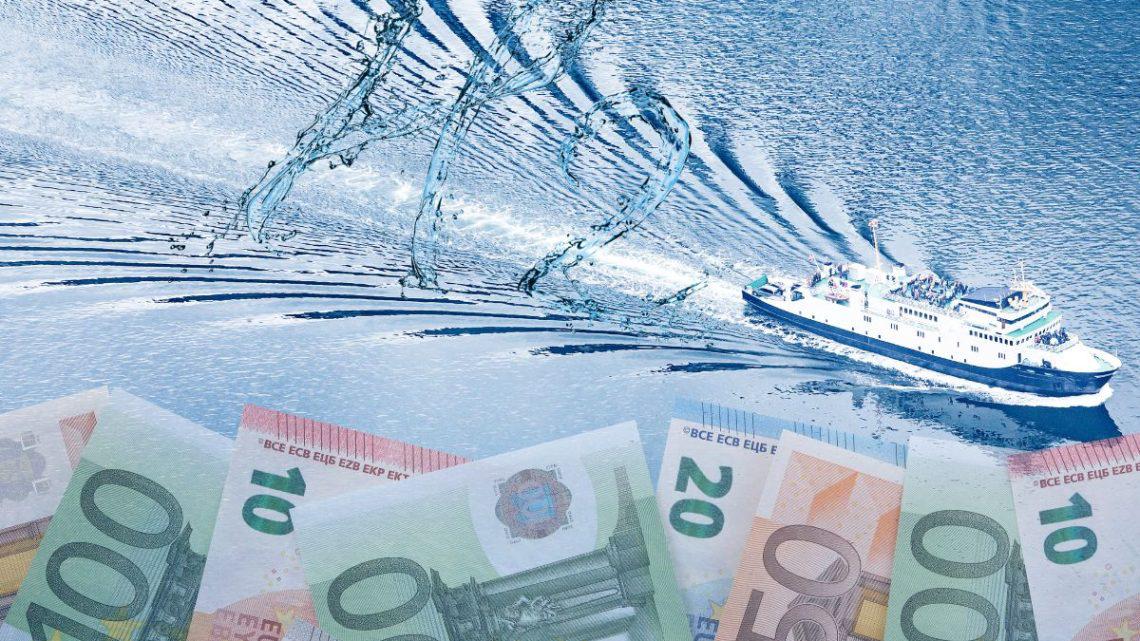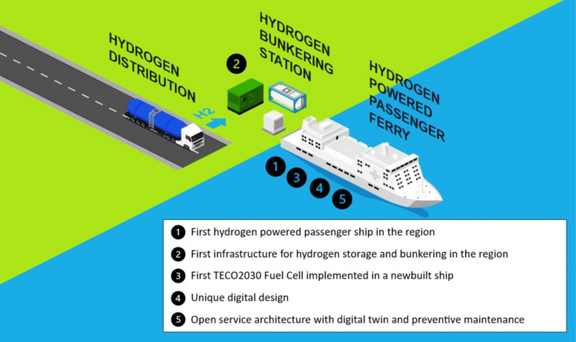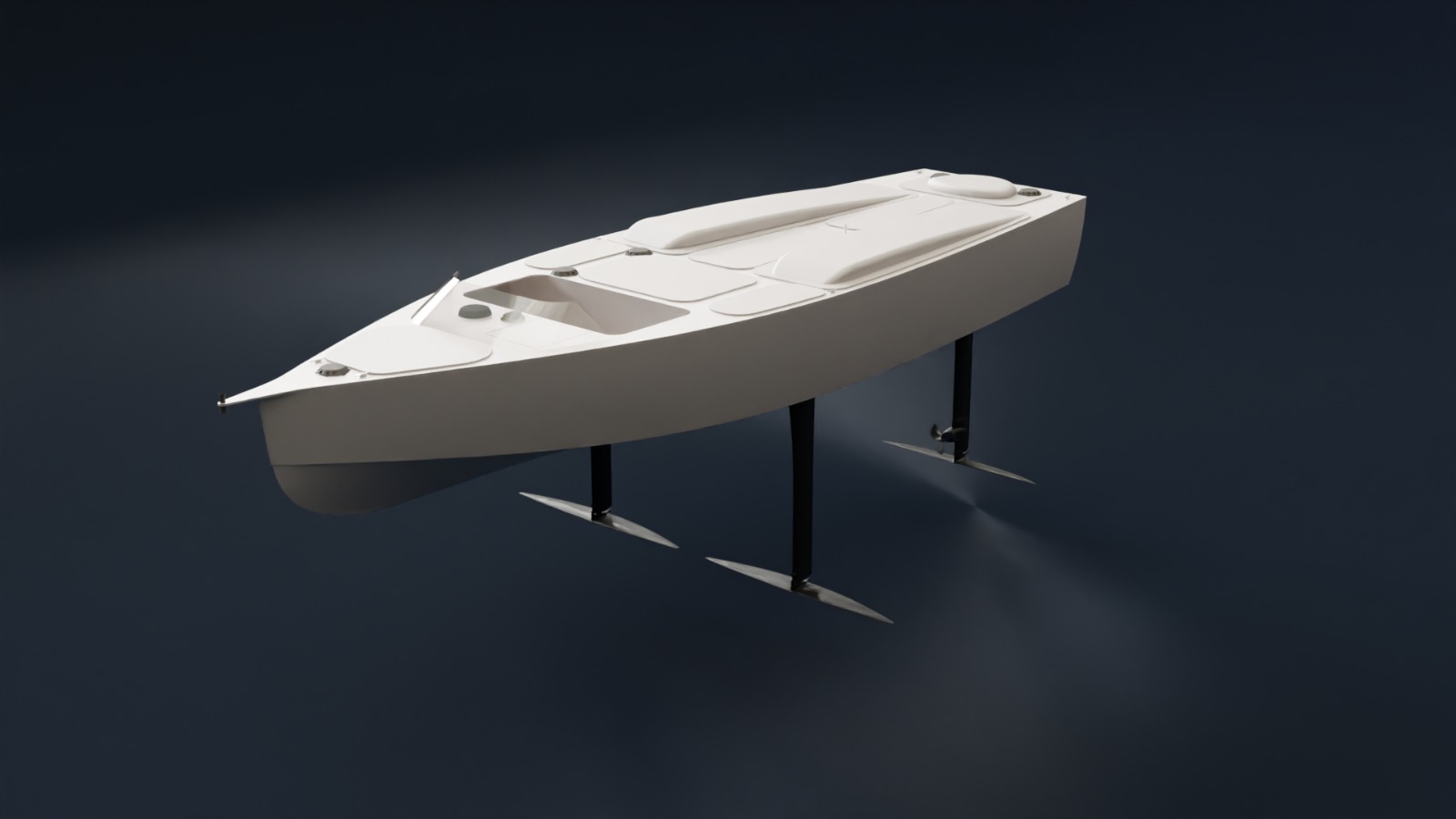
The study “Poroelastic stress relaxation, slip stress transfer and friction weakening controlled post-injection seismicity at the Basel Enhanced Geothermal System” by Boyet, De Simone, Ge, and Vilarrasa has been published in the Communications Earth & Environment journal and is available on open access (https://doi.org/10.1038/s43247-023-00764-y).
History of the Basel EGS project
Enhanced Geothermal Systems (EGS) projects involve the circulation of fluid to create new fracture networks that will allow the fluid to absorb heat from the subsurface and carry it to surface facilities. Micro-seismicity is generally expected during such activities, but at least two documented cases have resulted in cancellation of projects because of the generation of felt induced earthquakes.
During hydraulic stimulation of the Deep Heat Mining Project in Basel, Switzerland, event magnitudes of up to ML 2.6 were recorded. Operations were then stopped, but an event of ML 3.4 was recorded 5 hours after the well had been shut-in. This felt post-induced seismicity led to the abandonment of the project. The borehole was again opened by 2017 to release its pressure.
Proposed mechanisms and numerical model
Through the years, numerous studies have been done to explain the observed seismic response in Basel. Different mechanism had been proposed, but a model that reproduces the spatio-temporal observation of seismicity is still missing.
The new study proposes simultaneous simulation of three potential causal mechanisms of induced seismicity – pore pressure diffusion, poroelastic stress distribution, and shear-slip stress transfer.
A model domain consisting of a plane strain 2D horizontal section intersected by a vertical injection well was used as the basis for the study. The model contains a fault network with geometry based on the interpretation of seismic event clustering in the in the range from 3750 to 4750-m deep. The 2D geometry represents a horizontal plane of 3.61 square km located at approximately 4630-m deep, coinciding with the injection depth in the crystalline basement at Basel.
